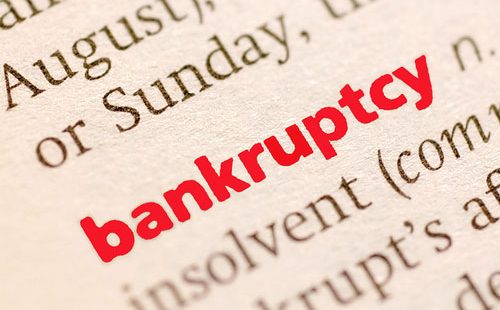Chapter 11 is often used synonymously with bankruptcy, but Chapter 11 and bankruptcy aren’t exactly the same.
What is Chapter 11?
Chapter 11 is a specific section of the US Bankruptcy Code. It permits the reorganization of assets and debts, under court supervision, of an insolvent corporation. Individuals can also seek relief through chapter 11. Chapter 11 also establishes a schedule of payment for debts owed.
The time it takes for debtors to come out of chapter 11 varies. Depending on the scale of the bankruptcy, it could be a few months or years for a company or individual to emerge from chapter 11.
The management of a company in chapter 11 is often not fired. This detail alone often enrages critics who say that the chapter 11 allows for too much leniency. (Interestingly, the archaic definition of the word lenient is “softening, soothing, or alleviative.”) Chapter 11 should not be confused with Chapter XI of the United Nations Charter. This is a declaration regarding non-self-governing territories.
What is Chapter 10 and Chapter 12?
Chapter 10 of the code refers to small business money troubles, and chapter 12 has to do with small farmers. The code is contained in what is known as Title 11, and there are 9 chapters within Title 11. There isn’t room in this post to explain the convoluted structure of federal law.
What is the origin of the word bankrupt?
The word bankrupt comes from the Latin banca rupta, which literally means “broken bench,” after the practice of moneylenders breaking the table they used when they were no longer in business.













